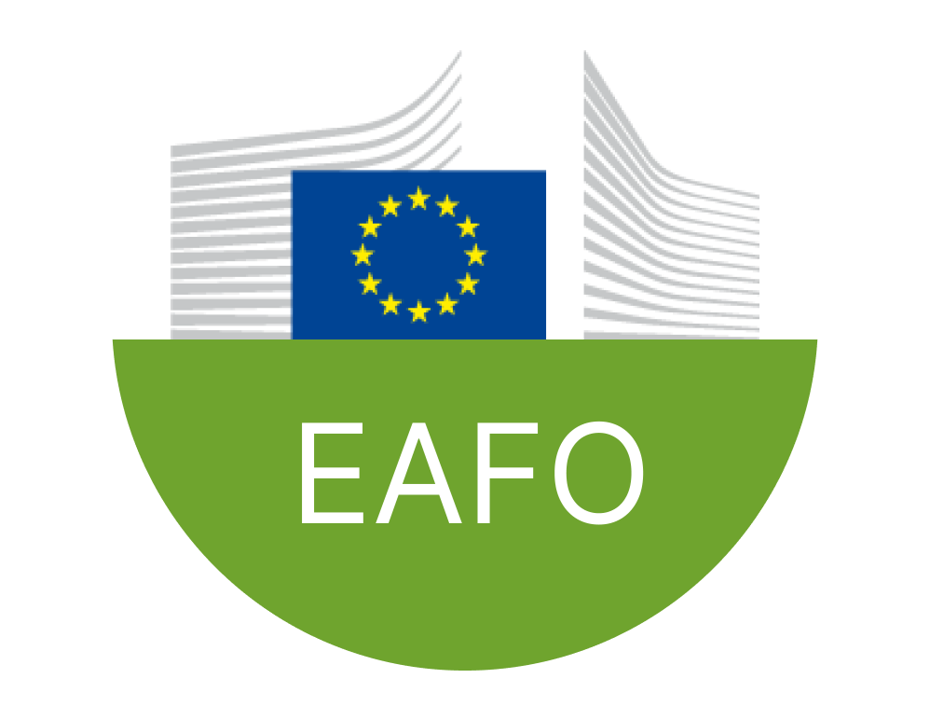New recommendations for developing electric charging infrastructure
The Sustainable Transport Forum (STF) has published a set of recommendations providing guidance to local authorities for procuring, awarding concessions, licences and/or granting support for electric recharging infrastructure for passenger cars and vans.
The detailed recommendations, co-authored by DG MOVE, POLIS and TNO, are designed as guidelines for cities and regions seeking to develop their sustainable mobility offerings.
Cities as regions are increasingly seeking to expand electric charging infrastructure in order to achieve sustainable mobility goals. Many have made substantial progress. Cities such as POLIS members, Madrid and Amsterdam have set out new electric charging strategies, while Ile-de-France has established a digital platform for helping EV users and providers, and projects such as eCharge4Drivers are pioneering smart solutions for user-friendly charging options.
However, there remain several challenges for local authorities looking to expand and enhance electric charging facilities. Procurement requires thorough planning, alignment among multiple stakeholders and efficient use of the resources.
So how can they get started? To help, the guidelines which draw on information supplied by the European Commission, POLIS and TNO, provides examples and recommendations for local authorities planning the deployment of recharging infrastructure in their territories. Together with other European Alternative Fuels Observatory (EAFO) partners, POLIS explored good practice examples, minimum requirements and possible bottle-necks. Several POLIS members also contributed, reviewing and responding to a questionnaire.
The report presents recommendations in a concise and practical format, making the information accessible to a range of transport stakeholders.
Drawing on practices established in POLIS members, including London, Stuttgart, Madrid and others, the recommendations examine the organisation of tender procedures, and establishing tender requirements such as geographic locations of infrastructure, interoperability and security. The document is to be accompanied by a user-friendly handbook which will be published soon.
Find out more and read the full recommendations here.






